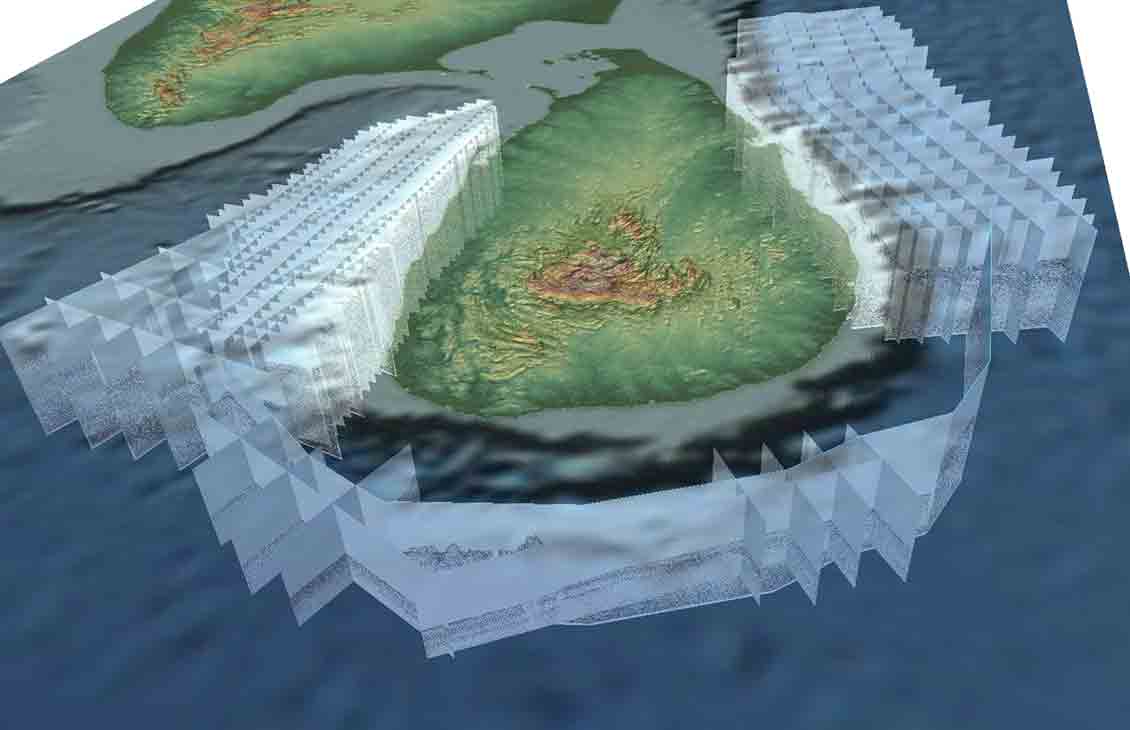Time-Lapse 4D Analysis and Interpretation
Accurate, repeatable, actionable information on reservoir changes over time

The ability to accurately monitor fluid movements in the reservoir is driven by improvements in seismic signal fidelity and repeatability from the application of point-receiver technology.
With an understanding of the fluid production, injection, and geometry in geomechanically active reservoirs such as compaction drive reservoirs, we can detect traveltime changes—not just in the reservoir but also in the overburden.
In these reservoirs, production causes subsurface deformations and changes in seismic velocity. These changes in the overburden can be monitored and interpreted using time-lapse seismic data.

History matching using time-lapse seismic data
Time-lapse seismic data contains a wealth of information about your reservoir’s pressure, saturation, and fluid contacts. Optimal interpretation of this data enables you to enhance
- well placement
- production and injection operations
- production history matching
- reservoir simulations.
Time-lapse saturation
Defining reservoir fluid-flow characteristics can improve flow models. Using time-lapse seismic methods, this technique allows your teams to observe the dynamic processes in and around the reservoir. As a result, you can place wells more effectively, increasing the success of the development and production stages.
Stochastic simulation
Probability maps are generated using stochastic simulation because the different classifications overlap. The maps depict the probability of an area being drained, partially drained, or undrained according to various oil-saturation changes (ΔSo). These quantitative probability maps are more powerful inputs to models, meaning you can use them to reduce uncertainty in further developments.


